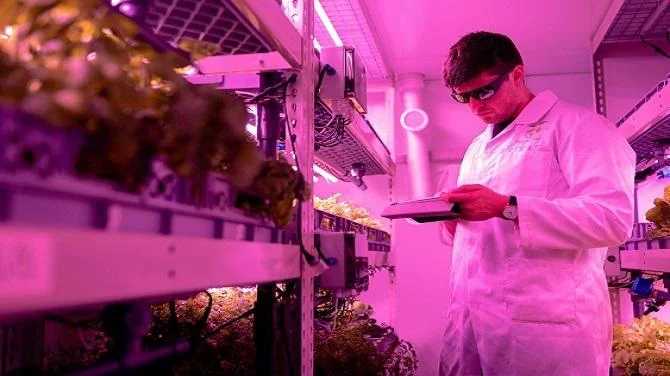Researchers Mapped Sugar Electrical Signature

Sugars are a class of macromolecules with important biological functions and highly complex chemical structures. At present, the structural analysis of sugars relies on traditional structural characterization methods such as chromatography, mass spectrometry, and NMR. Although these methods are relatively mature, they have limitations such as complicated detection steps and incapability of real-time dynamic detection, which cannot meet the needs of sugar-based and applied scientific research. Compared with another type of biological macromolecular nucleic acid that has achieved high-throughput sequencing, the technology for analyzing the structure of sugars lags behind. As a highly sensitive sensor, biological nanopores are applied to nucleic acid molecule and polypeptide sequencing, but whether it is feasible in the direction of glycan sequencing has not been confirmed.
Recently, researcher Gao Zhaobing/Associate Researcher Xia Bingqing (nanopore direction), researcher Wen Liuqing (glycochemistry direction) and researcher Cheng Xi (computational biology direction) at Shanghai Institute of Materia Medica, Chinese Academy of Sciences designed and constructed an engineered biological nanopores recognize and capture the characteristic electrical signals of the acetamido and carboxyl functional groups of sugar molecules, describe the electrical signal fingerprints of sugars containing these two functional groups with different degrees of polymerization, and apply them to the structural identification of different sugar molecules in mixed systems. This work opens a door for glycosequencing technology based on biological nanopores. The relevant research results were published online in the Journal of the American Chemical Society (JACS) under the title of Mapping the Acetylamino and Carboxyl Groups on Glycans by Engineered α-Hemolysin Nanopores, and was selected as the cover article.
The research team genetically engineered the methionine (M) at position 113 of the sensitive site of nanopore α-hemolysin (α-HL), and by screening amino acids such as polarity, volume, and charge, the engineered nanopore M113R with the best sensitivity and specificity was obtained. The study used the nanopore to clearly characterize the current signals of the two sugar functional groups of acetamido and carboxyl in monosaccharide molecules, and established the fingerprints corresponding to the structures of the two sugar functional groups and the electrical signals. The team used molecular dynamics simulation and gene mutation to further analyze the dynamic process of sugar molecules entering the nanopore, and clarified the molecular mechanism of nanopore M113R recognizing two functional groups. Based on this, the study used the characteristic electrical signals of the two functional groups to draw the fingerprints of oligosaccharides containing acetamido and carboxyl groups. In this work, fingerprints were used to identify monosaccharides, disaccharides and trisaccharides containing two groups in a sugar mixed system. The technology uses engineered nanopores without the need for additional chemical modification or bridging of sugars. This proof-of-concept study lays an important foundation for the efficient establishment of a sugar molecular fingerprint library.
Efficient characterization of carbohydrate chemical information is a key challenge in carbohydrate structure elucidation. Different from other techniques based on chemical shift or peak intensity information, this research analyzes sugar molecular structure information based on characteristic electrical signals, obtains characteristic signals of specific functional groups in sugar molecules, and directly links molecular structure information with characteristic electrical signals generated by sensing events.
The study found that the characteristic electrical signal can characterize the special structure of the monosaccharide molecule, and at the same time accurately interpret the degree of polymerization of the oligosaccharide chain, reflecting the multi-faceted characteristics of the sugar molecular structure from multiple dimensions. The sugar electrical signal fingerprint obtained in this work is an important step in the identification and analysis of sugar structures based on nanopores. At the same time, this study proposes a possible route based on nanopore sugar sequencing. With the identification of more functional groups and other specific structures of sugar molecules, the team has gradually improved the all-round drawing of sugar molecular fingerprints and established a sugar fingerprint library based on electrical signals, which is expected to achieve high-efficiency glycostructure characterization different from the existing technical route—nanopore glycosequencing.
- Art
- Causes
- Crafts
- Dance
- Drinks
- Film
- Fitness
- Food
- Games
- Gardening
- Health
- Home
- Literature
- Music
- Networking
- Other
- Party
- Religion
- Shopping
- Sports
- Theater
- Wellness


